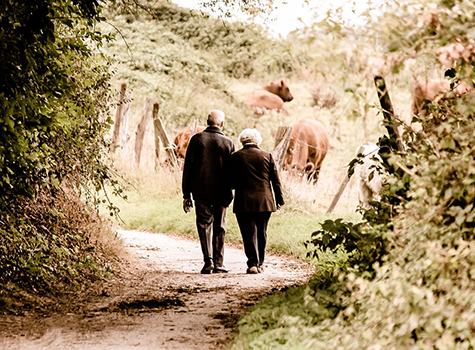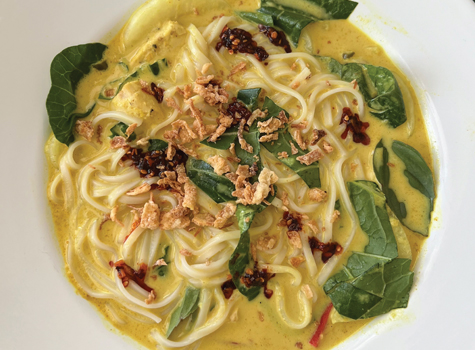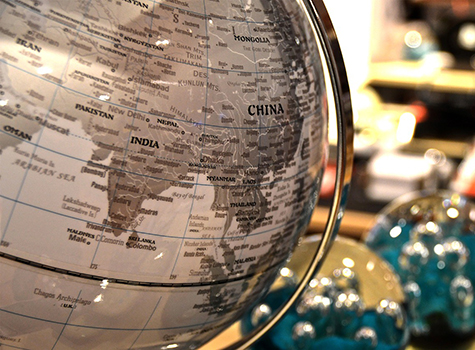
First, I want to wish all of you a very Happy New Year! I know everyone is happy to say goodbye to 2020. I know I am happy for sure! If not for the gift of dance, I would have gone insane working from home.
My article title has a twist to it. Today when we use the word mask, we all think of our new norm of wearing a mask everyday due to the pandemic. When I saw the cover photo for December issue of Saathee magazine, I wanted to talk about dance styles that use masks extensively. We all know how suffocated we feel sometimes wearing these masks to protect ourselves. Can you imagine the dancers from several dance styles wearing huge masks and actually dancing for hours? Sometimes these shows are outdoors exposing the dancers to all seasons, including harsh heat.
For example, in Kuchipudi dance style, most of these masks are made of paper mâché, which is a composite material consisting of pieces of paper or pulp and they are sometimes reinforced with cloth, bound with an adhesive, such as glue, or starch. It feels really hard on the face as it does not have much flexibility. Dancing in these masks is an art in itself. It is sometimes very hard to breathe and it also blocks your vision due to the type of mask you may have to wear with the size of your face.
There are many dance styles that actually use paint on their faces as a mask while wearing large head gear. These dance styles include, American Indian/Native American dances, African tribal dances, Indian tribal dances, and so on. Let us not forget the most elaborate facial paints used in classical dances such as Kathakali, Manipuri, Yakshagana, and Kuchipudi, among others. An entire chapter in the Natya Shastra refers to the importance of facial makeup and costumes and its symbolism in representing characters from epics.
In particular, the two dance styles Yakshagana and Kathakali look very similar due to their costumes, masks, and makeup. They both draw their themes from epics like Ramayana and Mahabharata; both of them emphasize on rousing the sentiments of Raudra (anger) and Veera (valor); their ornaments, musical instruments and even the methods of presentation are similar. Both are performed on significant occasions and festivals and both of them beat Chande, a high-pitched percussion instrument to invite the neighboring villagers/audience to the performance. Their masks are the most unique and outstandingly elaborate in their presentation.
The 17th century dance style Kathakali is rooted in Hindu traditions. When I was little, I saw Mahabharatham being staged by some great Kathakali dancers. First, I was a little scared by the facial makeup and the elaborate costumes and dance movements. I do not remember how that fear transformed into fascination. The movements were very powerful and hypnotic.
Unlike other dance forms, the makeup used in Kathakali is a highly developed art, involving great skill in the application of the paints. I actually saw the dancers lay down on the floor to get their makeup done, as it takes quite a few hours to complete the face painting. Meticulous care is taken to see that each mask is perfectly applied on the face, with each color in its right place, to enhance the dramatic effect of the dance performance. This aids in doing the exaggerated and wonderful facial expressions. Each particular facemask represents a different type of character.
To act, the use of the eyes and eyebrows are far more evolved and involved than in Bharatha Natyam, Kuchipudi, Kathak or any other school of the classical dance. Eyes and eyebrows are constantly used to aid the process of communication in the most effective manner with great intensity. During the drama, the dancers do not speak, but they use varied hand movements known as “Mudras” and mime to constitute a complete sign language. The movements are explosive, accompanied by nonstop drumming that begins before the performance and lasts throughout the whole dance-drama.
On the other hand, the twin of Kathakali, the Yakshagana’s source is very diverse. State of Karnataka claims its origin. State of Andhra Pradesh dates it back to 1250 A.D. This dance form has become common to many regions of India and has different names. The themes enacted as mentioned before were from the Bhagavatham, as well as the stories of epics from Ramayana and Mahabharatha. The costumes and makeup indicate the characteristics of each individual, hero or the villain. Some artists amazingly do their own makeup and wear other gear to create a look of the hero or the villain characters like the demon Ravana. The most fascinating part of this dance style to me is the ability of dancers to make quick consecutive circles in mid-air while dancing and wearing these masks and heavy head gear.
Our cloth masks will go away at some point as the pandemic ends, but the traditions of dancing with masks and the magical transformations of characters remain for years to come.
———-
For questions or comments contact Maha via e-mail at: [email protected]
Posted: Monday, January 4, 2021



